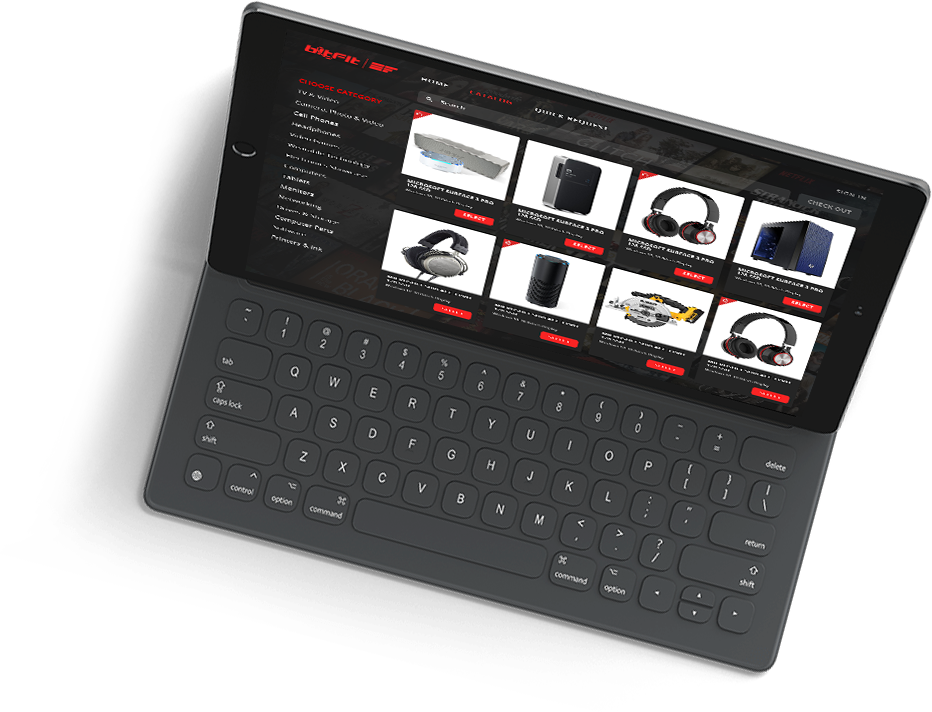
IT Asset Management (ITAM) is essential to any organization’s IT strategy. It involves tracking, maintaining, and optimizing an organization’s IT assets, including hardware, software, and digital assets. Effective ITAM ensures that organizations can manage their IT resources efficiently, minimize costs, reduce risks, and improve IT service delivery. However, IT Asset Management can be complex and challenging, especially for organizations lacking the necessary expertise, tools, and processes. In this article, we’ll explore some common challenges in IT Asset Management and how to overcome them.
Lack of visibility into assets
One of the most significant challenges of IT Asset Management is a lack of visibility into an organization’s IT assets. Many organizations struggle to keep track of their IT assets, particularly in complex IT environments with a large number of devices, software applications, and cloud-based services. This lack of visibility can result in several problems, such as increased costs, security risks, compliance issues, and poor IT service delivery.
Organizations must establish comprehensive asset discovery and inventory management processes to overcome this challenge. These processes should involve automated tools to scan and identify all IT assets, including hardware, software, and digital assets, and record them in a centralized ITAM system. By having a clear and accurate view of their IT assets, organizations can improve their IT service delivery, reduce the risk of security breaches, and minimize costs.
Difficulty in tracking asset lifecycles
Another common challenge in IT Asset Management is tracking the lifecycles of IT assets. IT assets have a finite lifecycle, and organizations must track them throughout their lifecycle, from acquisition to disposal. However, many organizations need help to track asset lifecycles, particularly in complex IT environments where assets are frequently moved, repurposed, or retired.
Organizations must implement a robust asset-tracking system to overcome this challenge of tracking an asset’s lifecycle from acquisition to disposal. The system should provide detailed information about each asset, including its location, ownership, warranty status, and maintenance history. By tracking an asset’s lifecycle, organizations can optimize their IT asset utilization, reduce costs, and ensure compliance with regulations.
Inefficient procurement processes
Another challenge in IT Asset Management is inefficient procurement processes. Many organizations need help to procure IT assets efficiently, resulting in increased costs, delays, and poor vendor relationships. Inefficient procurement processes can also lead to a lack of standardization in IT assets, resulting in compatibility issues and increased support costs.
To overcome this challenge, organizations must standardize their procurement processes and establish clear policies and procedures for IT asset acquisition. They should also establish relationships with reputable vendors and negotiate favorable contracts. As a result, organizations can reduce costs, improve vendor relationships, and ensure that IT assets are standardized and compatible by implementing efficient procurement processes.
Inconsistent data quality
Inconsistent data quality is another challenge in IT Asset Management. Many organizations need help maintaining consistent and accurate data about their IT assets, leading to data quality issues, such as duplicate records, missing information, and incorrect asset classification. On the other hand, consistent data quality can result in better decision-making, correct reporting, and compliance issues.
Organizations must establish data governance policies and procedures to overcome this challenge, ensuring data accuracy and consistency. They should also implement a robust ITAM system that enables them to maintain accurate and up-to-date information about their IT assets. Organizations can improve decision-making, reduce risks, and ensure compliance with regulations by ensuring consistent data quality.
Failure to implement a centralized system
Finally, another challenge in IT Asset Management is the failure to implement a centralized ITAM system. As a result, many organizations still need to rely on manual processes, spreadsheets, or disparate systems to manage their IT assets, leading to inefficiencies, duplication of effort, and poor data quality.
Organizations must implement a centralized ITAM system to overcome the challenge of managing all their IT assets from a single location. A centralized system should include asset discovery, inventory management, asset tracking, procurement, and reporting capabilities. As a result, organizations can improve their ITAM processes by implementing a centralized system, reducing costs, and ensuring data consistency and accuracy.
Best practices for IT Asset Management
- Conducting regular audits: Regular audits help organizations identify and address IT asset management issues, such as non-compliant assets, incorrect data, and security risks.
- Creating an asset management policy: An asset management policy outlines the organization’s approach to IT Asset Management and ensures consistency and compliance across the organization.
- Training employees on proper asset management practices: Training employees on proper asset management practices, such as data entry, asset tracking, and procurement processes, can improve data quality and reduce errors.
- Ensuring compliance with regulations and policies: Organizations must ensure compliance with regulations and policies, such as data protection, licensing, and disposal regulations, to avoid legal and financial penalties.
- Continuously monitoring and improving IT Asset Management processes: Organizations should continuously monitor and improve their IT Asset Management processes to ensure they remain effective and aligned with the organization’s goals.
Conclusion
In conclusion, IT Asset Management is essential to any organization’s IT strategy. However, it can be a complex and challenging task, particularly for organizations that lack the necessary expertise, tools, and processes. To overcome common challenges in IT Asset Management, such as a lack of visibility into assets, difficulty in tracking asset lifecycles, inefficient procurement processes, inconsistent data quality, and the failure to implement a centralized system, organizations must adopt best practices, such as conducting regular audits, creating an asset management policy, training employees on proper asset management practices, ensuring compliance with regulations and policies, and continuously monitoring and improving IT Asset Management processes. In addition, organizations can reduce costs, minimize risks, and improve their IT service delivery by optimizing their IT Asset Management processes.

